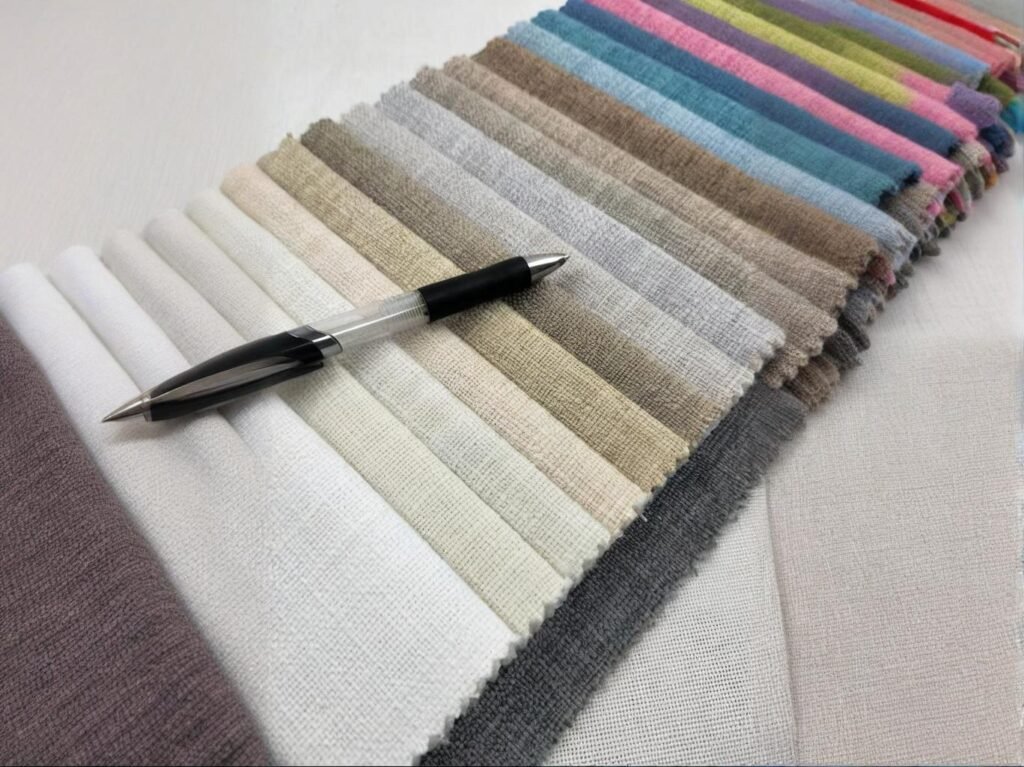
In an industry where eco-friendly is the buzzword and “natural” labels drive purchasing decisions, knowing how to identify real hemp fabric isn’t just helpful—it’s essential. With the rise of greenwashing and synthetic fiber blending, many B2B fashion buyers are being sold what looks like hemp, but in reality, is a low-grade imitation or blend that doesn’t deliver the promised sustainability or durability.
To test the authenticity of hemp clothing, professionals use a combination of visual inspection, tactile evaluation, burn testing, and lab-based fiber analysis. Certification documents and supplier transparency also play a critical role in validation.
The consequences of buying fake hemp go beyond fabric quality—it risks your brand’s credibility, sustainability claims, and ultimately your ROI. So how can you be sure the “hemp” you’re sourcing is actually the real deal? Let’s dive into the science and strategy behind verifying authenticity—starting with the basics and going all the way to lab testing protocols. You’ll even hear about a German buyer who caught a costly fraud just in time.
What Are the Key Characteristics of Genuine Hemp Fabric?
Genuine hemp fabric is characterized by a matte, slightly rough texture, visible irregular fiber strands, high breathability, and a natural beige-to-tan tone. It is stronger and stiffer than cotton, with a distinct organic look and feel.
These markers are important because many counterfeit products are cotton-poly blends mimicking hemp’s aesthetics but lacking its performance.
Visual and Performance Traits of Real Hemp
1. Fiber Texture and Appearance
- Hemp fibers are long and irregular, often visible to the naked eye in the weave.
- The surface is matte—not shiny like polyester or rayon.
- You may see slubs (natural knots) in plain weaves.
| Feature | Hemp Fabric | Fake/Blend (e.g. rayon) |
|---|---|---|
| Fiber visibility | High | Low or absent |
| Texture | Coarse, grainy | Smooth, slippery |
| Reflectiveness | Matte | Semi-glossy |
| Color (undyed) | Off-white, tan, beige | Pure white or grey-ish |
2. Strength and Durability
Real hemp is incredibly strong. In tear and tensile strength tests, hemp outperforms cotton by 2–3x.
SzoneierFabrics tested a 100% hemp woven canvas at 550 GSM and found it withstood over 10,000 rub cycles in a Martindale abrasion test—ideal for backpacks, workwear, and upholstery.
3. Moisture Management
Hemp is naturally breathable and moisture-wicking. Even untreated hemp will dry faster than cotton, due to its hollow fiber structure.
Try this: Spray a small area with water and compare how quickly it dries vs. a cotton swatch.
How Can You Visually Identify Real Hemp vs. Imitation Materials?
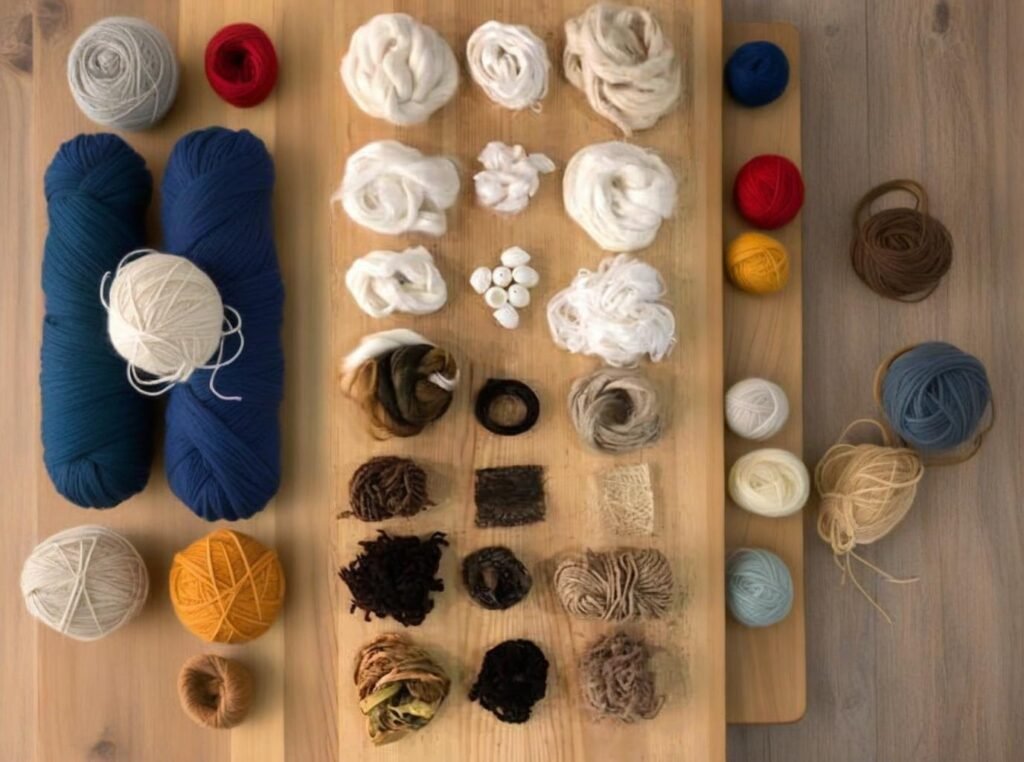
Visual inspection of hemp clothing involves checking weave consistency, slub visibility, fabric luster, and edge fraying. Imitations tend to look too smooth, too white, or too uniform—missing the organic imperfections of real hemp.
While visual clues alone aren’t foolproof, experienced buyers can often spot fakes quickly—especially when paired with a vendor’s documentation.
Visual Spotting Techniques for Sourcing Professionals
1. Check the Weave
Real hemp often features:
- Loose, breathable weaves like plain or herringbone
- Uneven thread thickness
- Frayed edges where threads pull naturally
Fake hemp (often viscose or polyester blends) shows:
- High thread uniformity
- Tight, overly clean weaves
- No visible irregularities
2. Assess Coloration and Dye Penetration
- Real hemp takes dyes unevenly due to natural fiber variation.
- Fake blends often show uniform, bright coloration.
If you see bright white hemp, be cautious—natural hemp without bleaching is rarely pure white.
3. Look at the Label and Packaging
Many dishonest suppliers use vague terms like:
- “Eco linen” (not a regulated term)
- “Natural fiber blend” without % breakdown
- “Organic feel” (a purely marketing term)
Always ask for fiber composition certificates and dye method details before placing a bulk order.
4. Compare Against a Certified Sample
Obtain a GOTS-certified hemp swatch and use it as your reference benchmark for:
- Texture
- Color
- Weave
A German sustainable clothing retailer used this method to discover their “hemp-cotton” shirts contained only 22% hemp, despite being advertised as 55%.
Which Touch and Texture Tests Help Confirm Hemp Fabric Authenticity?
Touch and texture tests can help buyers assess the authenticity of hemp fabric by evaluating its coarseness, resistance, thermal feel, and flexibility. Genuine hemp feels grainy and sturdy, while fakes or blends may feel slippery, overly soft, or plasticky.
Though not a substitute for lab tests, tactile evaluations are valuable tools during trade shows, factory visits, or early-stage sourcing.
Hands-On Techniques to Identify Real Hemp
1. The Coarseness Test
Run your fingers over the fabric. Hemp has a subtle roughness—even when softened.
- Real hemp: noticeable surface drag and fiber texture.
- Rayon or viscose “hemp”: overly silky and slippery.
2. The Snap Test
Hold a section and pull it taut, then release.
- Real hemp: snappy rebound with a crisp fold.
- Cotton: soft bend with slower recovery.
- Blends: may stretch unnaturally or wrinkle inconsistently.
3. The Body Heat Absorption Test
Place the fabric on your skin for 30–60 seconds.
- Hemp stays relatively neutral or cool.
- Polyester blends warm up rapidly due to synthetic content.
| Sensory Attribute | Real Hemp Fabric | Common Imitation |
|---|---|---|
| Texture | Grainy, natural slub | Smooth or waxy |
| Hand-feel stiffness | Firm, structured | Drape-heavy or floppy |
| Moisture feel | Dry and breathable | Slightly moist or sticky |
| Sound (when rubbed) | Slight rasp, rough rustle | Muffled or plastic-like |
Fabric sound is often overlooked—real hemp “whispers” like paper, while synthetic blends often sound soft or dull.
4. Stretch and Recovery
Most hemp fabrics, unless blended with elastane, will have minimal stretch.
- Try tugging in both warp and weft directions.
- Real hemp will resist and snap back with minimal give.
SzoneierFabrics provides physical hand swatches on request—letting buyers feel various weights and weaves of 100% hemp vs. hemp-blended styles.
Is There a Burn Test for Hemp Fabric and How Reliable Is It?
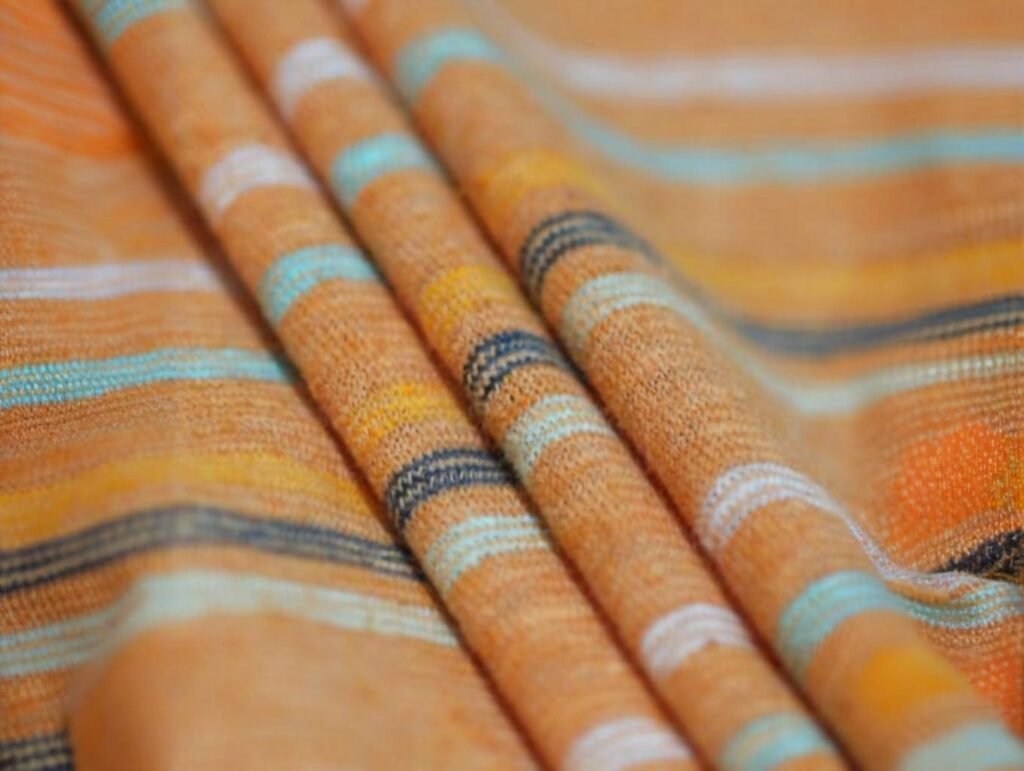
Yes, the burn test is a commonly used method to differentiate natural fibers like hemp from synthetic imposters. Real hemp burns slowly, smells like burning paper or wood, and leaves behind soft, gray ash. In contrast, synthetics melt, bubble, and produce hard plastic residues.
This test is useful for quick verification, though it should always be conducted safely and only on fabric offcuts.
Performing the Burn Test Step by Step
1. How to Do It Safely
- Cut a small piece of fabric (1–2 cm)
- Use tweezers or tongs to hold the edge
- Light it with a match or lighter in a ventilated area
- Observe the flame, smell, and ash
2. Interpreting the Results
| Observation | Real Hemp | Fake Blend (e.g. Poly) |
|---|---|---|
| Flame Behavior | Burns slowly, steady | Melts or flares up quickly |
| Smell | Paper/grass/woody | Chemical or plastic |
| Residue Type | Fine, gray ash | Hard, dark bead |
| Smoke Color | Light, white to gray | Dark or black |
3. Limitations of the Burn Test
- May not distinguish hemp from linen or cotton
- Cannot detect blends if hemp % is high (>50%)
- Can damage valuable swatches if not careful
Some suppliers coat fabrics with fire retardants or softeners. These can slightly alter burn results—so it’s best to test untreated edge samples.
4. Best Practice
Use the burn test in combination with:
- Visual cues
- Tactile feel
- Supplier documents
- Lab testing (if needed for confirmation)
An Australian wholesaler sourcing yoga wear uncovered that their “hemp-stretch” leggings were 70% bamboo viscose and 30% spandex—a burn test revealed clear plastic beading upon flame contact.
What Are the Differences Between Hemp, Linen, and Cotton in Lab Testing?
Hemp, linen, and cotton can appear similar to the naked eye, but lab testing—especially fiber microscopy and spectroscopy—reveals clear structural differences. Hemp has longer, more polygonal fiber cells, a thicker wall, and higher tensile strength compared to linen or cotton.
For professional buyers or brands seeking to validate fabric claims, lab analysis provides scientific certainty beyond what touch or appearance can offer.
Comparing Cellulose-Based Fibers Under the Microscope
1. Fiber Length and Structure
| Property | Hemp | Linen (Flax) | Cotton |
|---|---|---|---|
| Fiber Length (mm) | 20–250 | 25–150 | 12–38 |
| Cell Shape | Polygonal, long tubes | Polygonal, shorter tubes | Twisted ribbon-like |
| Wall Thickness | Thick | Medium | Thin |
| Lumen Visibility | Often present | Narrow | Prominent |
In a microscopic image, hemp cells are straighter, longer, and more compact, while cotton shows twisted “ribbons” and linen looks more segmented.
2. Tensile and Tear Strength
Hemp fibers rank highest in both tensile and tear strength.
- Tensile strength (MPa): Hemp \~700, Linen \~550, Cotton \~400
- Tear resistance: Hemp > Linen > Cotton
These values explain why hemp is preferred for workwear, bags, or home textiles that endure high stress.
3. Absorption and Wicking
While all three are breathable, hemp exhibits the best moisture regulation:
- Absorbs up to 20% of its weight in moisture
- Dries faster than cotton
- Has mild antibacterial properties naturally
4. Chemical Reactivity
Hemp resists UV and mold better than the others—critical for outdoor fashion and wellness textiles.
SzoneierFabrics offers full fiber breakdown reports using Fourier-transform infrared spectroscopy (FTIR) and Scanning Electron Microscopy (SEM) upon request.
Do Certifications Like GOTS or OEKO-TEX Guarantee Real Hemp?
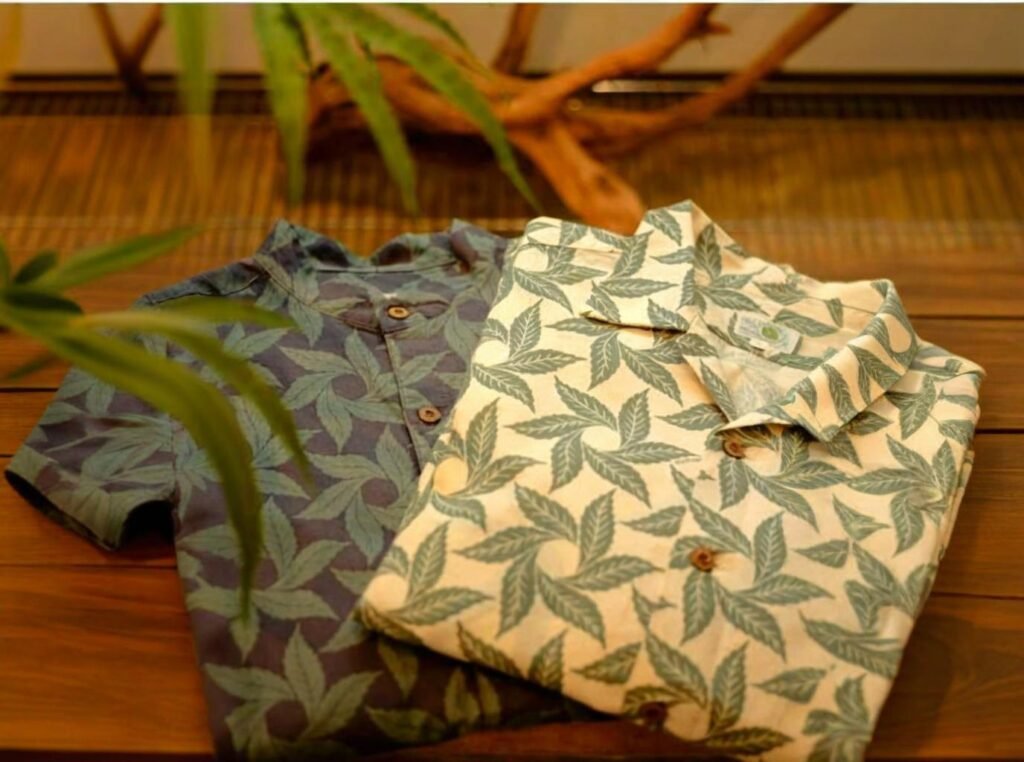
Certifications like GOTS and OEKO-TEX validate environmental and health standards but do not automatically confirm that a fabric is 100% hemp. Fiber-specific authentication requires additional traceability, composition testing, and documentation.
Still, certifications are essential for buyer confidence, especially when paired with supplier transparency and third-party lab testing.
What Certifications Do and Don’t Mean
1. GOTS (Global Organic Textile Standard)
- Verifies organic cultivation and non-toxic processing
- Ensures no harmful chemicals in dyeing or finishing
- Requires traceability from fiber to final product
- Does not require 100% hemp—can certify blends (e.g., 55% hemp / 45% cotton)
2. OEKO-TEX® STANDARD 100
- Confirms fabric is free from harmful substances
- Often used for children’s clothing and close-to-skin textiles
- Does not verify fiber origin (i.e., cotton vs. hemp)
3. USDA Organic & EU Organic
- Validates the agricultural source of the hemp (e.g., no pesticides or GMOs)
- Doesn’t cover processing or finishing stages
4. Fiber Verification Through Testing Labs
Request the following from suppliers:
- Fiber content lab report (from Intertek, SGS, or Bureau Veritas)
- Certificate of Analysis (CoA) for each dye lot
- Full Material Safety Data Sheet (MSDS)
A European homeware brand received a GOTS certificate for “hemp-linen” curtains. But upon SGS testing, it was only 25% hemp—the supplier had certified the blending process, not the fiber percentage.
5. Ask the Right Questions
- Is the hemp organically grown? (Request origin)
- What’s the exact fiber composition? (%)
- Who issued the certificate, and is it current?
- Can I get a third-party lab result?
How Can Fiber Content Be Verified Through Professional Lab Analysis?
Fiber content in hemp clothing can be accurately verified through advanced textile lab methods such as FTIR spectroscopy, scanning electron microscopy (SEM), and chemical digestion. These tests confirm the fiber identity, percentage of blends, and any presence of synthetic or substitute fibers.
For B2B buyers sourcing in volume, lab analysis is often the most reliable way to verify the authenticity of hemp garments—especially when supplier credibility is uncertain.
Scientific Methods Used for Hemp Verification
1. Fourier-Transform Infrared Spectroscopy (FTIR)
- Detects unique molecular vibrations in natural fibers
- Identifies cellulose content specific to hemp
- Differentiates between hemp, flax (linen), cotton, and rayon
- Can quantify approximate blend ratios
FTIR of a “hemp shirt” revealed only 38% hemp, with the rest being cotton and viscose—despite label claims of 70%.
2. Scanning Electron Microscopy (SEM)
- Magnifies fiber cross-sections up to 50,000x
- Visualizes cell wall thickness, lumen shape, and fiber patterns
- Hemp’s polygonal cell walls and lack of convolutions make it identifiable
3. Chemical Digestion Test
- Dissolves non-hemp fibers (e.g., polyester, viscose) with targeted solvents
- Remaining residue is weighed to determine actual hemp content
4. Microscopic Cross-Section Comparison
- Uses dyed or stained samples for contrast
- Often used in combination with FTIR or SEM for lab reporting
5. Recommended Labs for Global Buyers
| Lab Name | Services Offered | Regions Covered |
|---|---|---|
| SGS | Fiber ID, FTIR, Certification | Global |
| Intertek | Fiber %, chemical analysis | Global |
| Bureau Veritas | Textile & garment compliance tests | EU, US, China, India |
| TUV Rheinland | Sustainability and textile testing | EU, Asia |
What Should B2B Buyers Ask Suppliers to Ensure Hemp Product Authenticity?
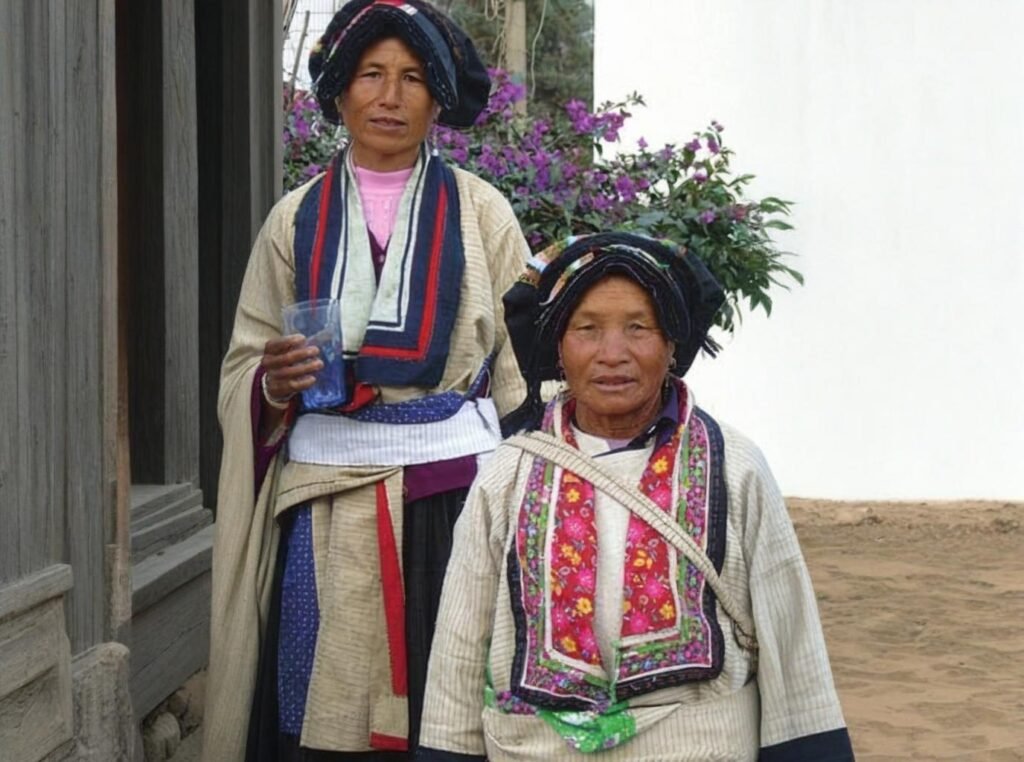
To ensure authenticity in hemp clothing sourcing, B2B buyers should ask for detailed fiber composition, origin certifications, lab test results, and fabric swatches. Clear documentation, transparency, and traceability are essential when working with new or overseas suppliers.
Not all hemp is created equal. Asking the right questions upfront protects your margins, your brand, and your customers.
A Sourcing Checklist for B2B Hemp Buyers
1. Document Requirements
- Full fiber content breakdown (e.g., 55% hemp, 45% cotton)
- GOTS/OCS certificate (if organic)
- Recent lab test result (within 12 months)
- MSDS and dyeing/finishing method declaration
2. Questions to Ask Suppliers
- Is the hemp organically grown? From which region?
- Can you share a Certificate of Origin (COO)?
- Has this batch been third-party tested? Can I see the report?
- Do you offer swatches for visual/tactile evaluation?
- What is your MOQ for 100% hemp vs. hemp blends?
3. Spot Red Flags
- Vague terms like “natural blend” or “eco textile” without specifics
- No mention of testing or refusal to provide lab reports
- Unrealistically cheap pricing for “100% hemp”
Request a live video inspection of the factory or a real-time burn test via video chat before placing bulk orders.
Ready to Source Verified Hemp Clothing? Work With SzoneierFabrics
Sourcing authentic hemp clothing doesn’t have to be a guessing game. With the right testing methods, supplier vetting process, and transparency in documentation, you can protect your brand while delivering quality products your customers trust.
At SzoneierFabrics, we specialize in producing custom hemp clothing with full traceability, third-party lab verification, and low-MOQ flexibility.
- 100% Quality Guarantee
- Custom fabric development with verified fiber content
- Free lab-tested swatches and design support
- GOTS/OEKO-TEX compliant hemp options
- Fast sampling and on-time global delivery

